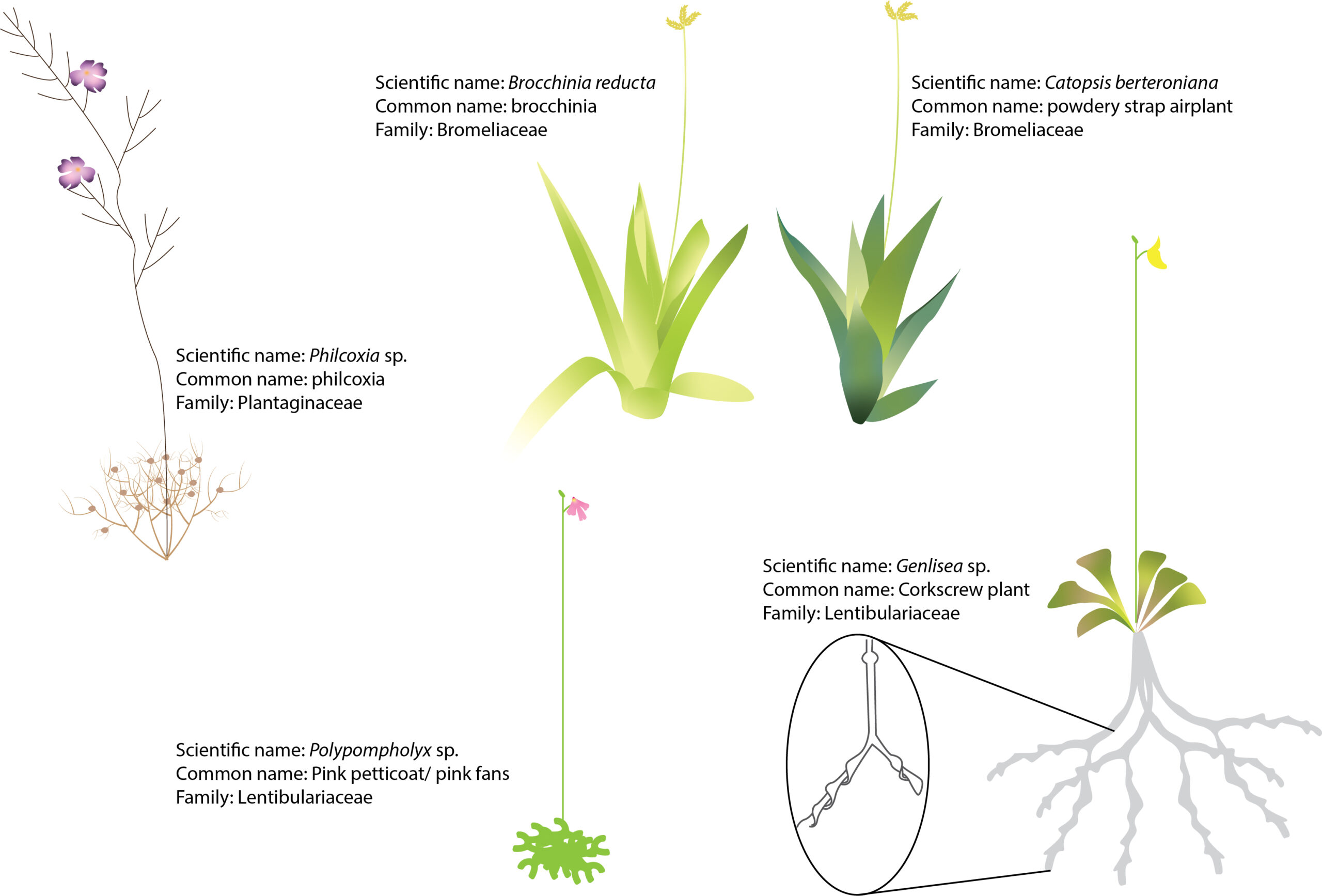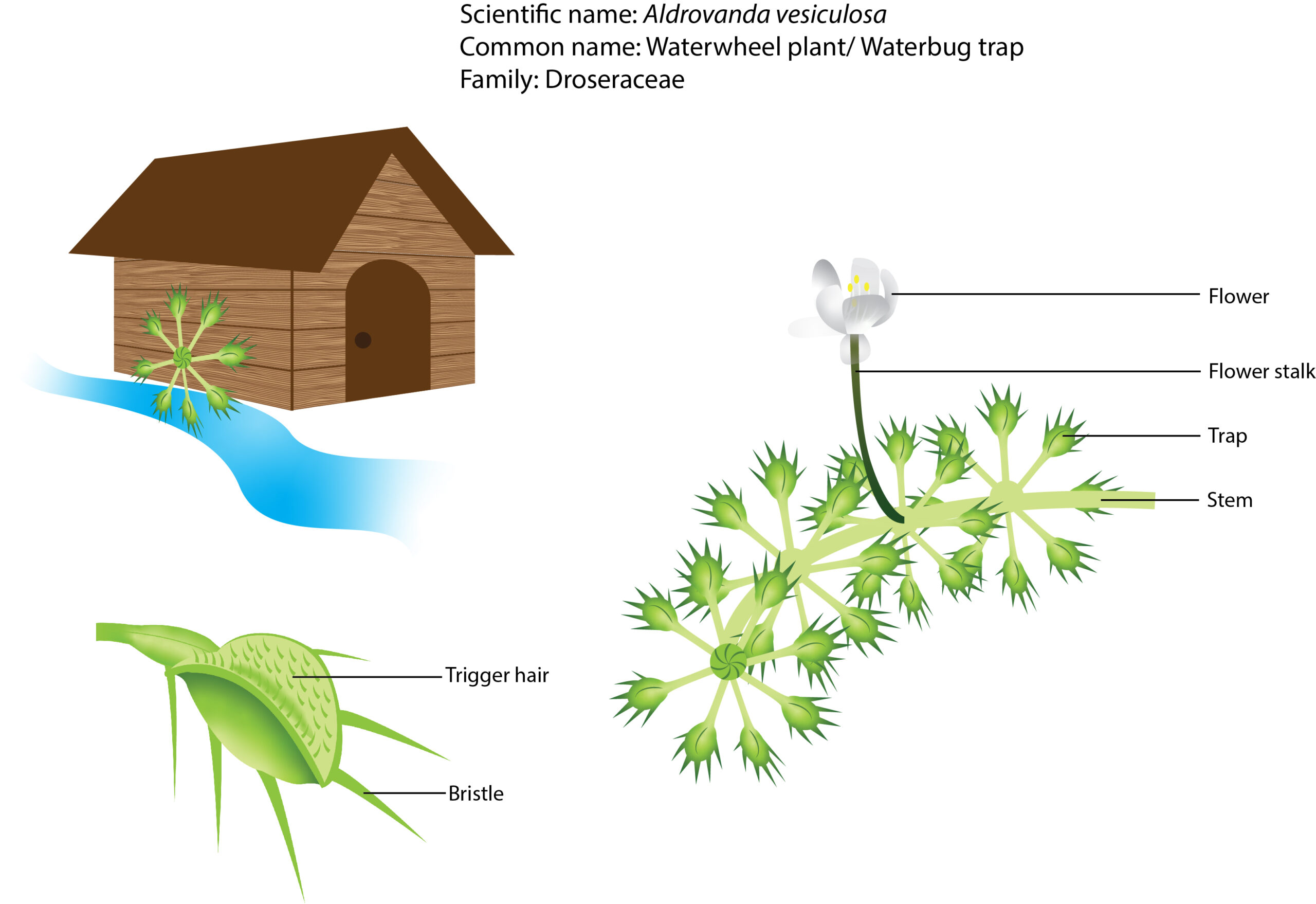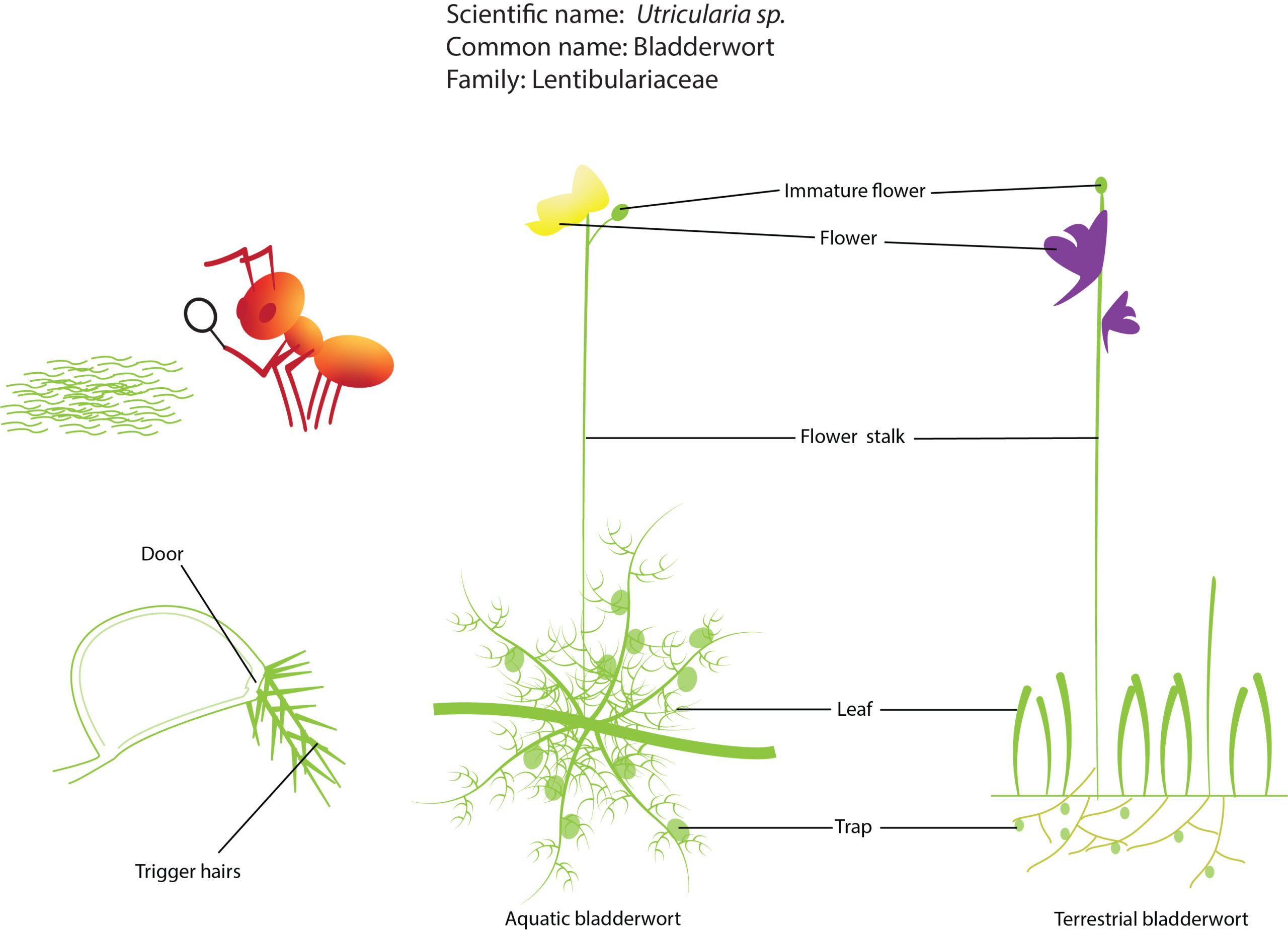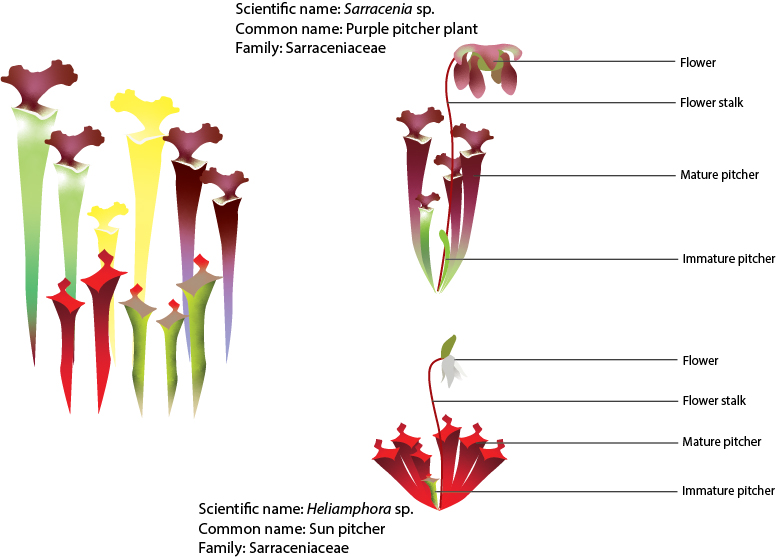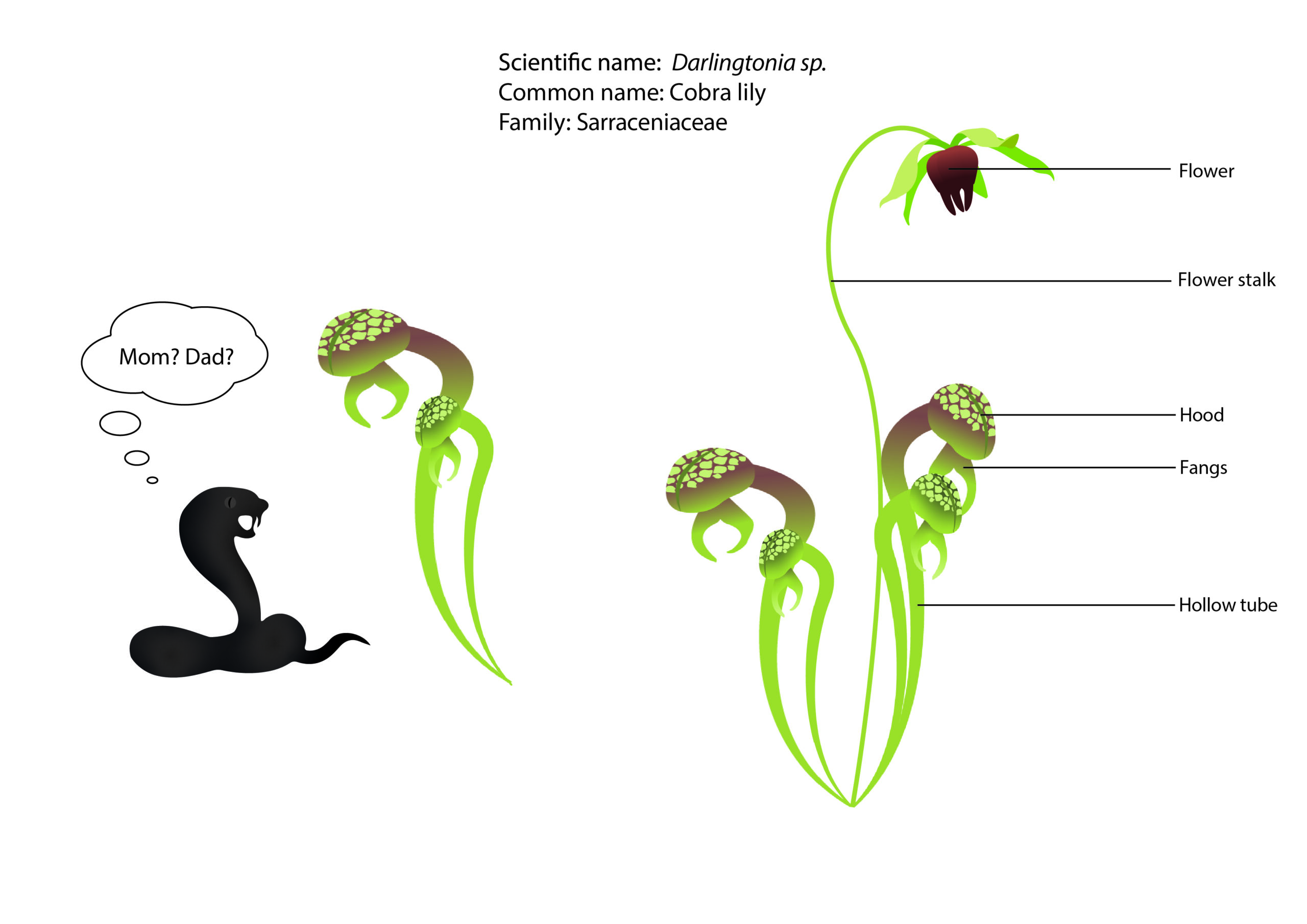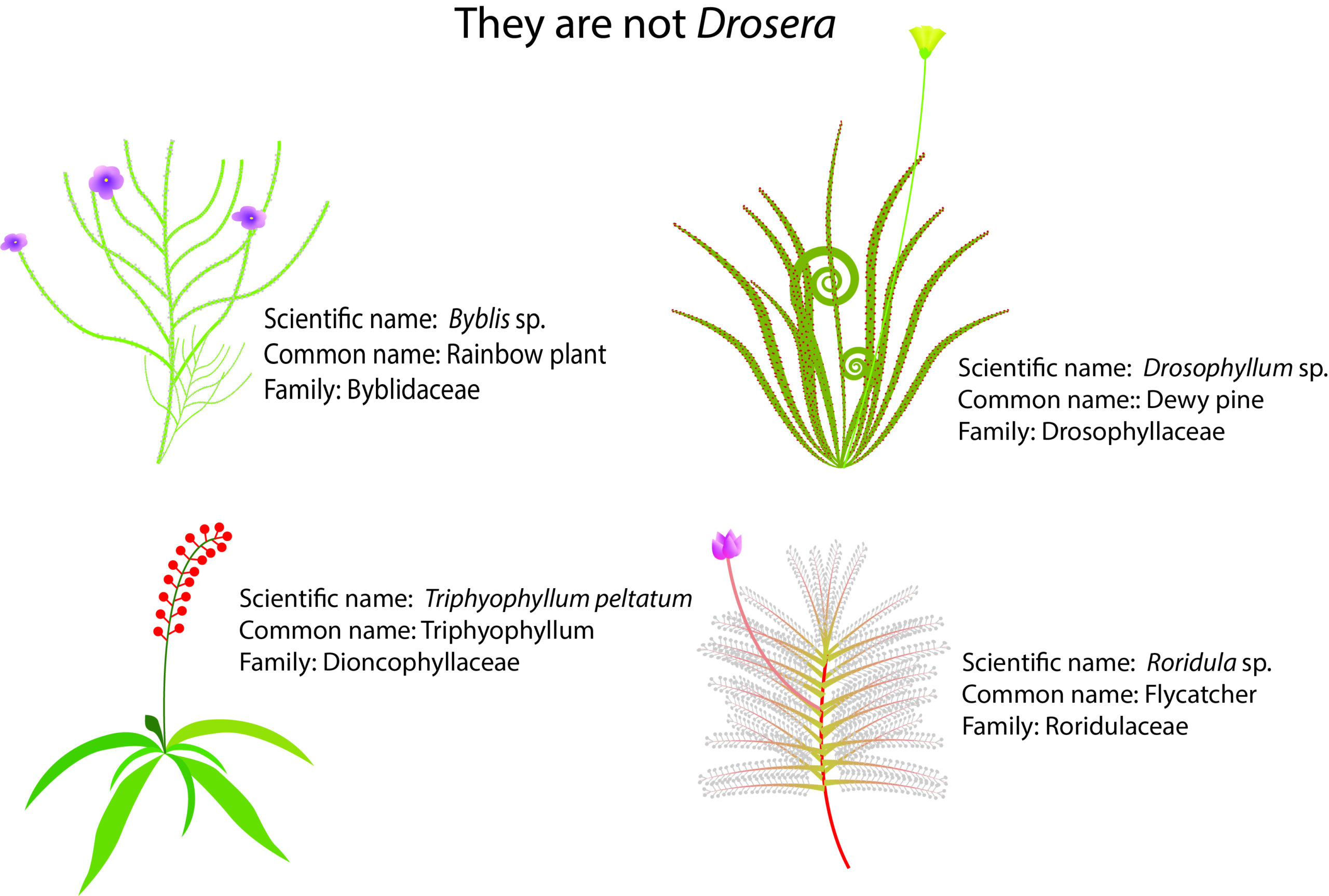Under-discovered Carnivorous Plants
Besides the common carnivorous plants, there are many obscure carnivorous plants. Those under-discovered carnivorous plants are considered as protocarnivorous plants and sometimes referred to as paracarnivorous, subcarnivorous or borderline carnivores plants. Plant in this category is slightly different from carnivorous plants. Protocarnivorous plants can trap and kill insects or other small animals. But they do not digest the prey and absorb the nutrients from the victims due to the absence of digestive enzymes in the … Read more
